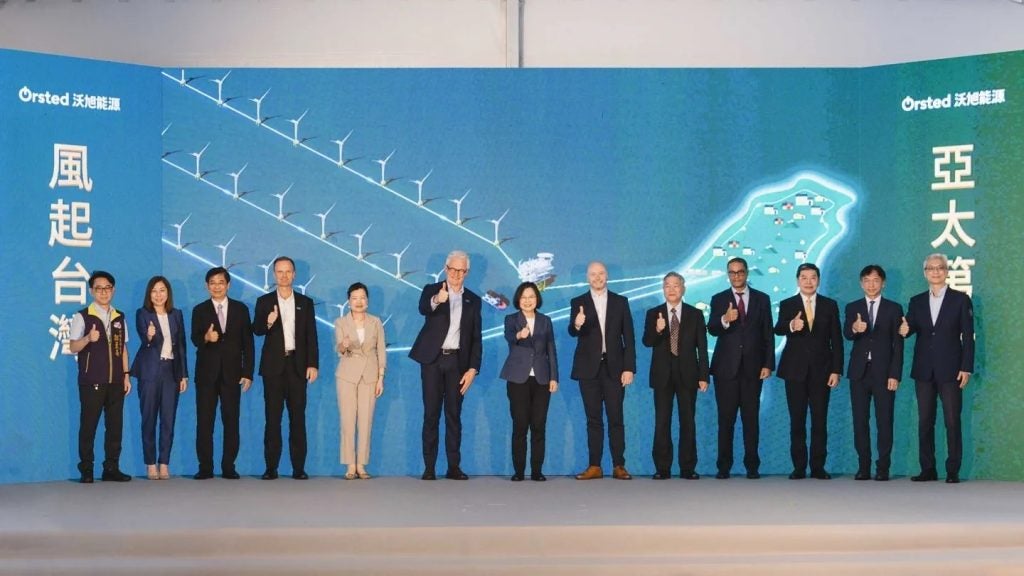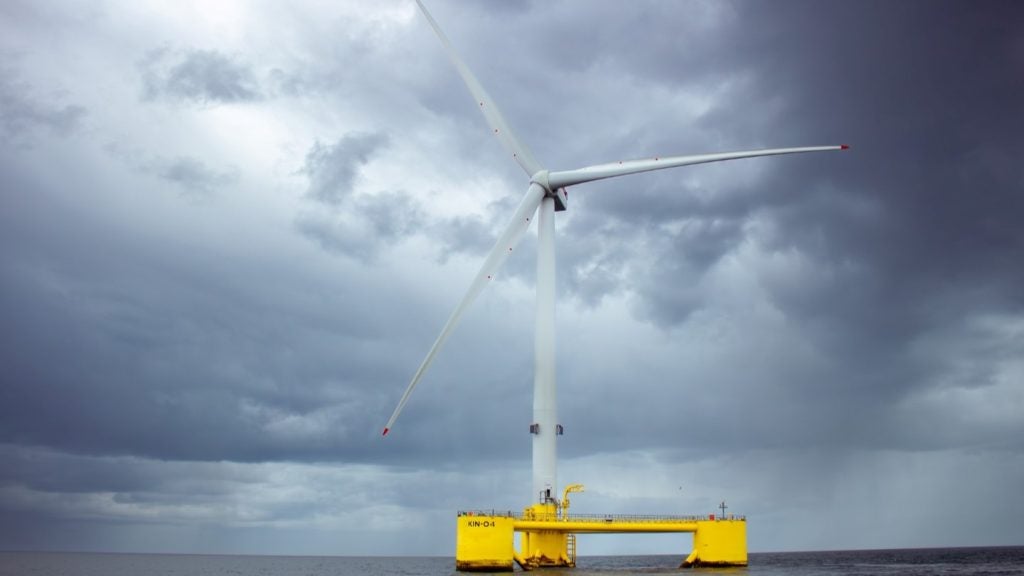
Offshore wind could be described as the younger sibling of onshore wind, with the first offshore windfarm being completed off the coast of Denmark 1991.
In countries such as the US, offshore wind is almost non-existent at the moment , but offshore wind is particularly strong in the UK and Europe, with 1.9GW being installed on the continent in the first half of 2019.
The UK hosts seven of the top ten largest offshore windfarms in the world, including the largest of all, Walney Extension.
Walney Extension
Located off the coast of Cumbria in the Northwest of England, Walney Extension has a capacity of 659MW.
Construction of the windfarm began in August 2015, with the official opening in September 2018. It is formed of 87 turbines, 47 8MW MHI turbines from Danish energy company Vestas and 40 7MW turbines from Siemens Gamesa, with the last turbine being installed in April 2018.
How well do you really know your competitors?
Access the most comprehensive Company Profiles on the market, powered by GlobalData. Save hours of research. Gain competitive edge.

Thank you!
Your download email will arrive shortly
Not ready to buy yet? Download a free sample
We are confident about the unique quality of our Company Profiles. However, we want you to make the most beneficial decision for your business, so we offer a free sample that you can download by submitting the below form
By GlobalDataThe windfarm covers 145km2 of the Irish Sea and is able to provide electricity for 600,000 homes in the UK. It was jointly owned by three Danish companies, renewable energy company Ørsted which has a 50% stake and two pension companies PKA and PFA who own 25% each.
The Walney Extension expanded on Walney 1 and 2 windfarms. With a capacity of 367MW, Walney 1 and 2 was the previous largest offshore windfarm in the world. Combined, the Walney project has a capacity of 1,026MW, which is larger than the combined offshore wind capacity of ten countries including Sweden, Ireland and the US.
The future of offshore wind
Walney Extension will not be the largest offshore windfarm in the world for long, however. Hornsea One in the North Sea, which has already begun producing power, will have a capacity of 1,200MW when it becomes fully operational in June 2020. Also developed by Ørsted, the windfarm is also further from the shore than any other in the world at 120km from the English coast, with telecommunications company Tampnet providing a 4G network for coverage between the shore, the windfarm, construction and service operations vessels.
Hornsea Two will then overtake that when it is completed in 2022 as it will have a capacity of 1.8GW. As the UK currently has a freeze on onshore wind, offshore wind is expected to continue to expand in the UK as the country moves towards net zero emissions by 2050.
Strong in Northern European countries like Germany and Denmark, offshore wind is also making progress in France through the development of floating wind demonstration projects. The first offshore windfarm in the Mediterranean was also agreed in March 2019, as German company Senvion will build a 30MW windfarm off the Italian coast.
Offshore wind is finally making inroads in the US. The state of New York recently authorised a series of offshore projects as part of the state’s goal of adding 9,000MW of offshore wind energy by 2035, and the vineyard windfarm off the coast of Massachusetts will be the country’s first offshore windfarm. However, this project has run into delays, highlighting the unstable nature of the country’s offshore sector.








